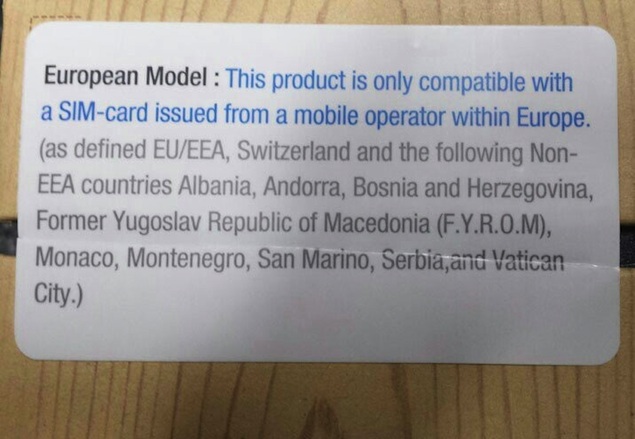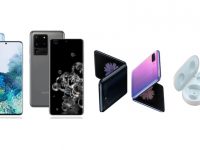As smartphone enthusiasts might have read by now, Samsung has begun to region–lock its phones. Moreover, this lock is no ordinary one. Experts across the world have been pondering over this and are talking about the serious implications this region–lock could bring about.
What is region–lock?
So far telecom companies have been handing out phones at pretty amazing rock–bottom prices. They could afford to do this because they usually locked their phones with what is known Carrier–Lock which as many of you know restricts the usage of the phone to a single carrier from whom the phone was bought. This kind of “SIM lock” as it is known has been known to be easily unlockable. If you are wondering that this new kid on the block, the region–lock can be broken in the same manner as Carrier–Lock , then you are sorely mistaken.
Samsung’s Region–lock goes a lot a deeper and cannot be disabled with using a standard network-based SIM unlock code. While the SIM lock uses an MCC-based (Mobile Country Code) lock and resides within CSC (Consumer Software Customization) package in an MCC whitelist, specifying which country codes the device can be used in based on what regional software variant it is running, this region–lock is relevant to a country (or region) – similar to code locks that DVDs come with.
Though talented developers will surely come–up with a way to bypass the region–lock without voiding warranty, it is critical to abide by the region–lock mechanism. However, Samsung has recently clarified a few details about the same.
Typically found in the newer variants, the Samsung Note 3 phablet is a prominent example that has come with region–lock and these phones will ‘effectively’ work only within the regions it’s shipped. This for example is a sticker found on the Galaxy Note 3 packaging warning users about the lock.

So far, phones bearing these locks have been shipped to USA and UK. Samsung justifies the region–lock with a simple explanation. The company needs to have tighter control on the regions in which their phones are shipped since phone importers buy phones where they are relatively cheaper and then transport them to countries where they are sure to get higher margins than what Samsung will earn via official channels.
Interestingly, there is a simple way to permanently remove the region–lock, but resellers and hence users won’t really like it. Samsung explained that the region–lock automatically disables itself ‘Permanently’ if the phone receives a SIM of the same region it is meant to have. Essentially, the phone MUST be activated with a SIM of originally intended Home Region.
Once the phone is officially activated, then it can and will work easily across the world, on GSM networks, with any SIM. Though this is great news, it means, importers will have to break the seal and activate the phones and then reseal them. So it is a huge blotch on warranty. No one would prefer to buy a seal–broken brand new phone especially one that wasn’t carrier–locked earlier.
Region–locking is a serious dampener and no matter what the developer community comes up with, Samsung Service Center will come to know that the phone brought in belonged to a different region and may deny warranty. Though Samsung’s phones have proven their reliability, it is still a worrisome addition.
To summarise things:
- Will you be able to use your “region locked” phone freely elsewhere on the globe? – Yes. But only if you use the phone INITIALLY using a SIM from a carrier belonging to the region the phone was intended to be sold in.
- Can you remove this region lock? Yes – The region lock will cease to be around once you insert a local SIM card. For other ways, we will need to see what the developer community intends to do with it.
What do you think?
Image: NDTV





